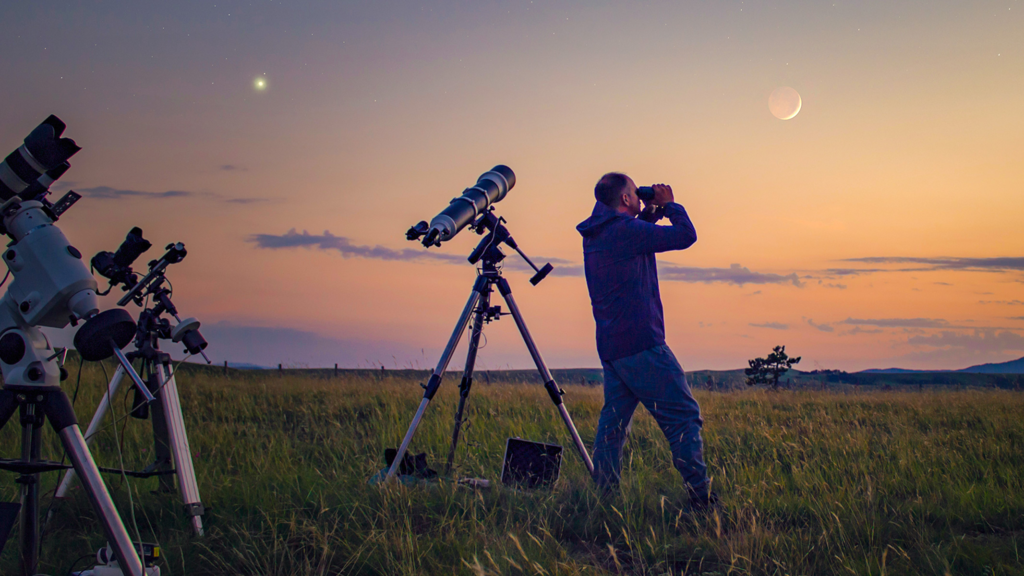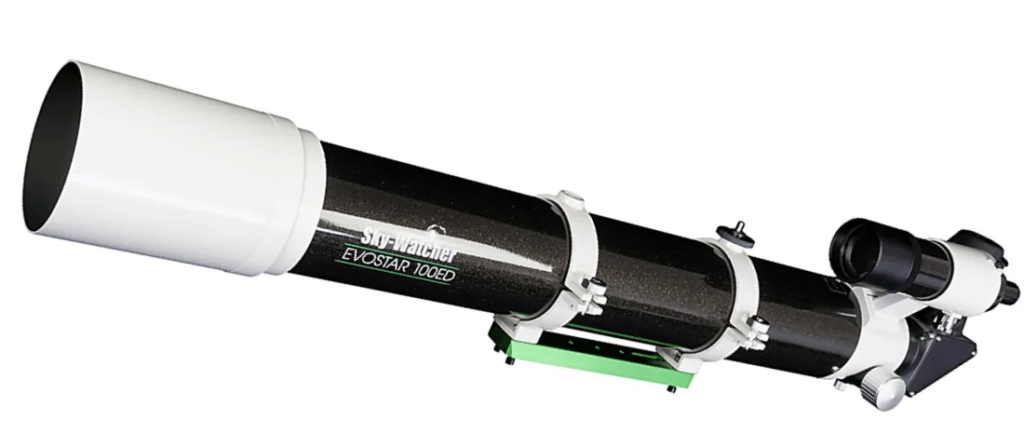For those captivated by the night sky, the journey into amateur astronomy often begins with the right telescope. The vastness of the universe, filled with stars, planets, and galaxies, beckons enthusiasts to explore its wonders. However, with a multitude of options available, selecting the best telescope can be a daunting task. This article aims to guide you through the best telescopes for amateur astronomers, considering various factors such as budget, ease of use, and specific astronomical interests.
Understanding Telescope Types
Before diving into specific models, it’s essential to understand the primary types of telescopes available:
1. Refractors: These telescopes use lenses to gather and focus light. They are known for their sharp images and minimal maintenance. Refractors are excellent for viewing planets and the moon.
2. Reflectors: Utilizing mirrors, reflectors can gather more light than refractors of the same size, making them ideal for deep-sky observations. However, they require regular maintenance to keep the mirrors clean.
3. Compound Telescopes: These hybrids combine lenses and mirrors, offering versatility and compact designs. They are suitable for various astronomical observations and are often favored for their portability.
4. Smart Telescopes: Equipped with technology that connects to smartphones or tablets, smart telescopes simplify the stargazing experience. They can automatically locate celestial objects and provide guided tours of the night sky.

Key Considerations for Choosing a Telescope
When selecting a telescope, consider the following factors:
– Budget: Determine how much you are willing to invest. Telescopes can range from a few hundred to several thousand dollars. It’s essential to find a balance between quality and affordability.
– Portability: If you plan to travel to darker locations for stargazing, consider the weight and size of the telescope. Some models are designed for easy transport.
– Ease of Use: Look for telescopes that are user-friendly, especially if you are a beginner. Features like computerized mounts can make the experience more enjoyable.
– Astronomical Interests: Think about what you want to observe. If you’re interested in planets, a refractor may be ideal. For deep-sky objects, a reflector could be more suitable.
Top Telescopes for Amateur Astronomers
1. Celestron Astromaster 70AZ Telescope
Type: Refractor
Price: Approximately €200
The Celestron Astromaster 70AZ is an excellent entry-level telescope for beginners. With a 70mm aperture, it provides clear images of the moon and planets. The telescope comes with a sturdy mount and is easy to set up, making it perfect for those new to astronomy. Its lightweight design allows for easy transport, and the included star finder scope helps users locate celestial objects effortlessly.
2. Orion SkyQuest XT8 Classic Dobsonian Telescope

Type: Reflector
Price: Approximately €500
The Orion SkyQuest XT8 is a popular choice among amateur astronomers due to its impressive 8-inch aperture. This telescope excels in deep-sky observations, allowing users to view galaxies, nebulae, and star clusters with clarity. The Dobsonian design makes it easy to maneuver, and the large base provides stability. While it may be heavier than other models, its performance makes it worth the extra effort.
3. Meade Instruments Infinity 102mm Refractor Telescope
Type: Refractor
Price: Approximately $300
The Meade Infinity 102mm is a versatile refractor telescope that offers a great balance between performance and price. With a 102mm aperture, it provides bright and detailed views of celestial objects. The telescope comes with a variety of eyepieces, allowing users to explore different magnifications. Its lightweight design and easy setup make it an excellent option for beginners and experienced astronomers alike.
4. Sky-Watcher ProED 100mm Doublet Refractor Telescope
Type: Refractor
Price: Approximately $900
For those looking to invest in a higher-quality telescope, the Sky-Watcher ProED 100mm Doublet Refractor is a fantastic option. This telescope features ED glass, which minimizes chromatic aberration and enhances image quality. With a 100mm aperture, it provides excellent views of planets and deep-sky objects. Its compact design makes it portable, and the sturdy mount ensures stability during observations.

5. Celestron NexStar 6SE Telescope
Type: Compound
Price: Approximately $1,000
The Celestron NexStar 6SE is a computerized telescope that combines ease of use with impressive performance. With a 6-inch aperture, it offers clear views of planets and deep-sky objects. The telescope’s GoTo mount allows users to locate celestial objects with the push of a button, making it ideal for beginners. Its compact design makes it easy to transport, and the built-in database includes thousands of celestial objects.
Type: Smart Telescope
Price: Approximately $2,500
For those willing to invest in cutting-edge technology, the Unistellar eVscope eQuinox is a revolutionary smart telescope. This device uses enhanced vision technology to capture and display images of celestial objects in real-time. Users can connect the telescope to their smartphones for guided stargazing experiences. The eVscope is particularly well-suited for deep-sky observations, allowing users to view faint objects that are often invisible to traditional telescopes.

Tips for Enhancing Your Stargazing Experience
Once you’ve chosen a telescope, consider these tips to enhance your stargazing experience:
– Learn the Night Sky: Familiarize yourself with constellations and celestial objects. Apps and star charts can help you navigate the night sky.
– Join an Astronomy Club: Connecting with fellow astronomy enthusiasts can provide valuable insights and opportunities for group observations.
– Practice Patience: Observing celestial objects can require time and patience. Allow your eyes to adjust to the darkness, and be prepared for varying weather conditions.
– Experiment with Filters: Consider using filters to enhance your observations. For example, a moon filter can reduce glare when viewing the moon, while a light pollution filter can improve visibility in urban areas.
– Keep a Journal: Document your observations in a journal. Noting the date, time, and details of what you observed can enhance your understanding and appreciation of the night sky.
Telescopes for Amateur Astronomers
Selecting the right telescope is a crucial step for any amateur astronomer. With a variety of options available, it’s essential to consider your budget, interests, and level of experience. Whether you opt for a simple refractor or a sophisticated smart telescope, the key is to find a model that suits your needs and enhances your stargazing experience. As you embark on your astronomical journey, remember that the universe is vast and full of wonders waiting to be explored. Happy stargazing!

